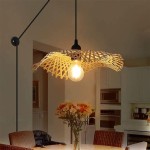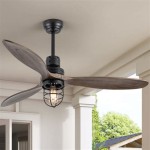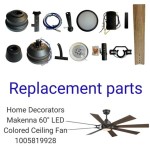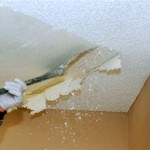Ceiling Vents for Air Conditioners: A Guide to Installation and Benefits
Ceiling vents are an essential component of an efficient and comfortable air conditioning system. They play a crucial role in distributing cool air throughout a room, ensuring even temperature and optimal airflow. This article will delve into the installation, types, benefits, and considerations for ceiling vents for air conditioners.
Types of Ceiling Vents
Ceiling vents come in various designs and materials, each with its own set of advantages and disadvantages. The most common types include:
- Linear Diffusers: These long, narrow vents are often used in commercial settings, offering a sleek and modern aesthetic. They provide even airflow and are available in different lengths and finishes.
- Square or Rectangular Grid Diffusers: These vents are commonly found in residential applications and are known for their simplicity and affordability. They offer good airflow distribution and can be easily integrated into various ceiling designs.
- Round Diffusers: Round vents are often used in bathrooms and kitchens, providing a more focused airflow. They come in various sizes and materials, enabling customization based on the room's requirements.
- Swirl Diffusers: These vents use a unique swirl pattern to generate a stronger airflow. They are often used in areas with high ceilings where it's challenging to achieve even temperature distribution.
Installation of Ceiling Vents
The installation process for ceiling vents varies depending on the type of vent and the specific system. Generally, it involves the following steps:
Planning:
Determine the location and size of the vents based on the room's dimensions and HVAC system specifications. Consider factors like furniture placement and airflow patterns.-
Cutting the Ceiling:
Create an opening in the ceiling to accommodate the vent. The size and shape of the opening will depend on the chosen vent type. - Installing the Vent:** Secure the vent to the ceiling using appropriate fasteners, ensuring it is level and flush with the surface.
- Connecting to the Ductwork:** Connect the vent to the air conditioning system's ductwork using flexible duct connectors or rigid metal ducts.
- Testing:** After installation, test the vent to ensure it is properly functioning and delivering the desired airflow.
- Connecting to the Ductwork:** Connect the vent to the air conditioning system's ductwork using flexible duct connectors or rigid metal ducts.
Benefits of Ceiling Vents
Ceiling vents for air conditioners offer several advantages, making them a popular choice for many homeowners and businesses:
- Improved Air Circulation: They provide efficient airflow distribution, ensuring even temperature throughout the room. li>Enhanced Aesthetics: Ceiling vents can seamlessly blend into the ceiling design, minimizing visual clutter and maintaining a clean look. li>Energy Efficiency: Properly designed and installed vents can reduce energy consumption by minimizing air leaks and maximizing cooling efficiency. li>Quiet Operation: Modern ceiling vents are designed for quiet operation, minimizing noise pollution and creating a more comfortable environment. li>Versatility: They are available in a wide range of styles and finishes, allowing for customization to suit different design themes and preferences.
Factors to Consider When Choosing Ceiling Vents
When selecting ceiling vents for your air conditioner, several factors should be considered:
- Room Size and Layout: The size and shape of the room will influence the number and size of vents required.
- Ceiling Height: The height of the ceiling will impact airflow patterns and vent placement.
- Airflow Requirements: Consider the type of air conditioning system and the desired airflow volume.
- Aesthetic Considerations: Choose a style that complements the room's design and meets your aesthetic preferences.
- Budget: Ceiling vents vary in price, so consider your budget constraints when making a selection.
By carefully considering these factors, you can choose the most appropriate ceiling vents for your air conditioning system, ensuring optimal airflow, comfort, and energy efficiency.

Ceiling Ac Vents Pros And Cons Aire Serv

Ducted Air Conditioning Vents Quality

How To Replace Your Air Conditioner Ceiling Vent For Better Efficiency

The Benefits Of Using Ceiling Hvac Vents

3 Ways To Fix Water Stains On Your Ceiling Air Conditioning Vents Baylor Heating Inc

How To Remove Ducted Air Conditioning Vents Quickair

Multi Directional Ceiling Vent 360mm With 350mm Duct Square Fansonline

Ac Vent Covers Central

All About Air Vent Deflectors From Your Ac Repair Technician Fort Worth Tx Minuteman Heating Hvac

Ceiling Vents Images Browse 7 664 Stock Photos Vectors And Video Adobe
See Also








